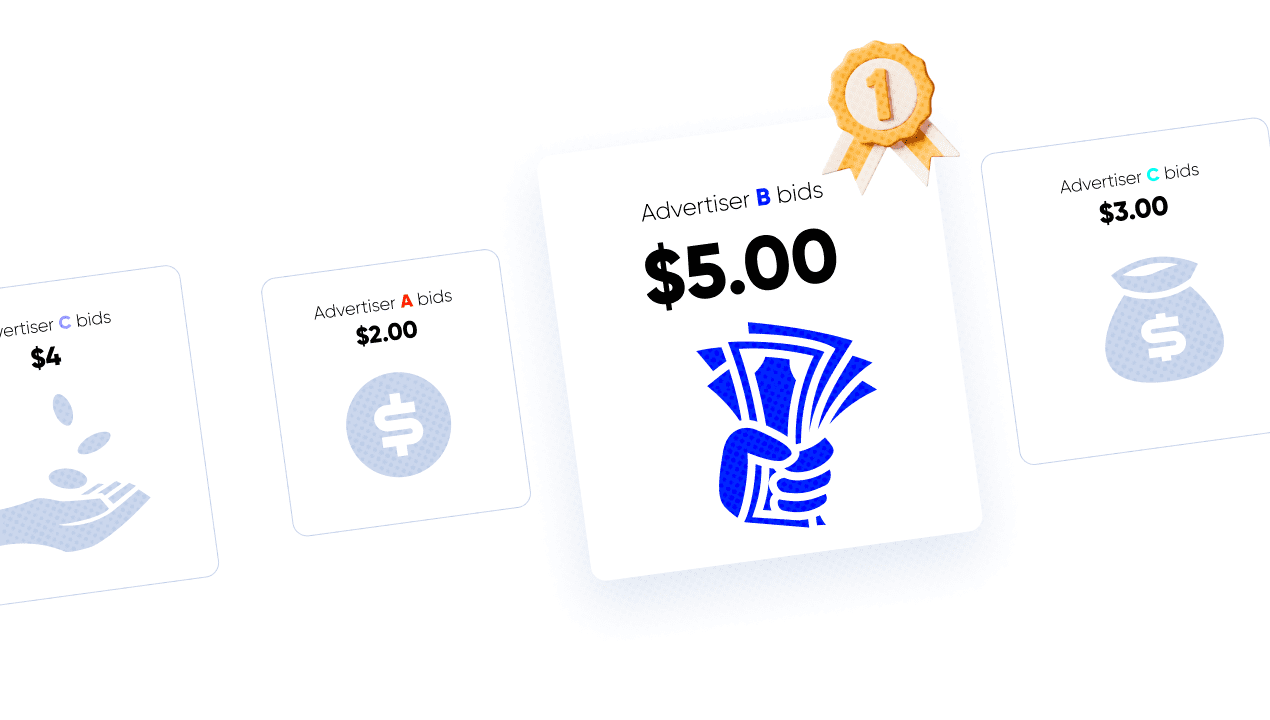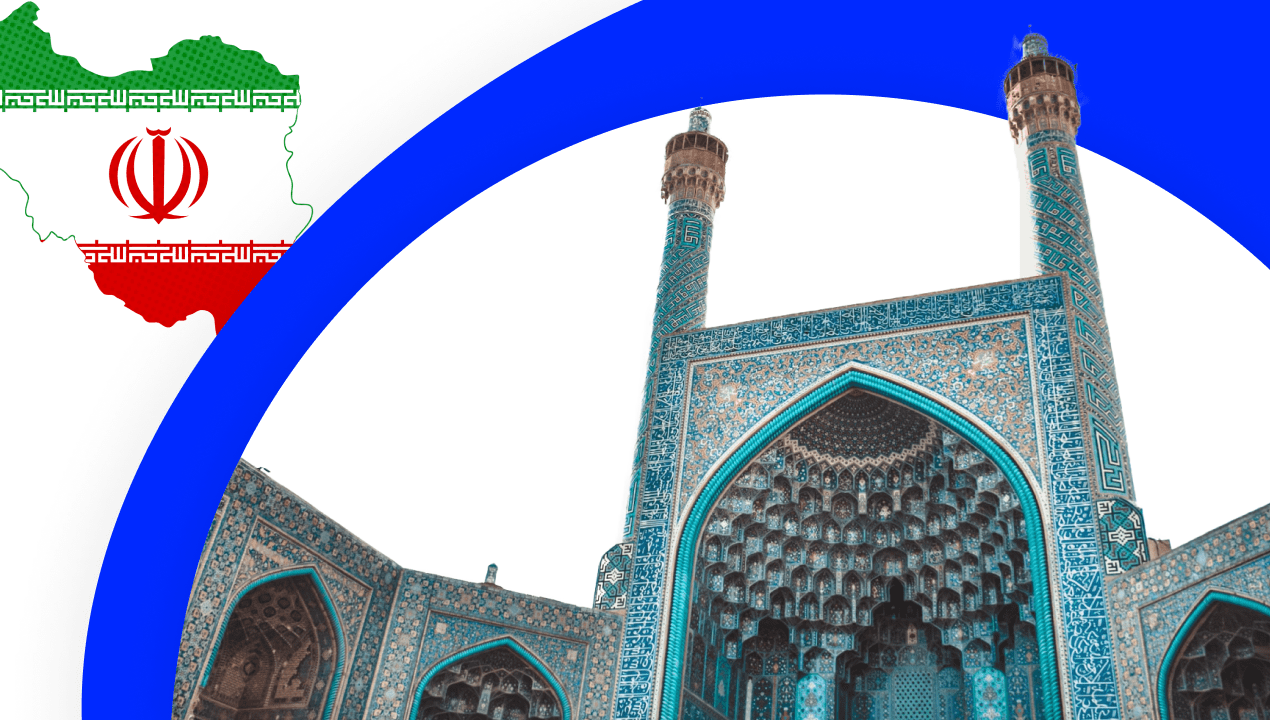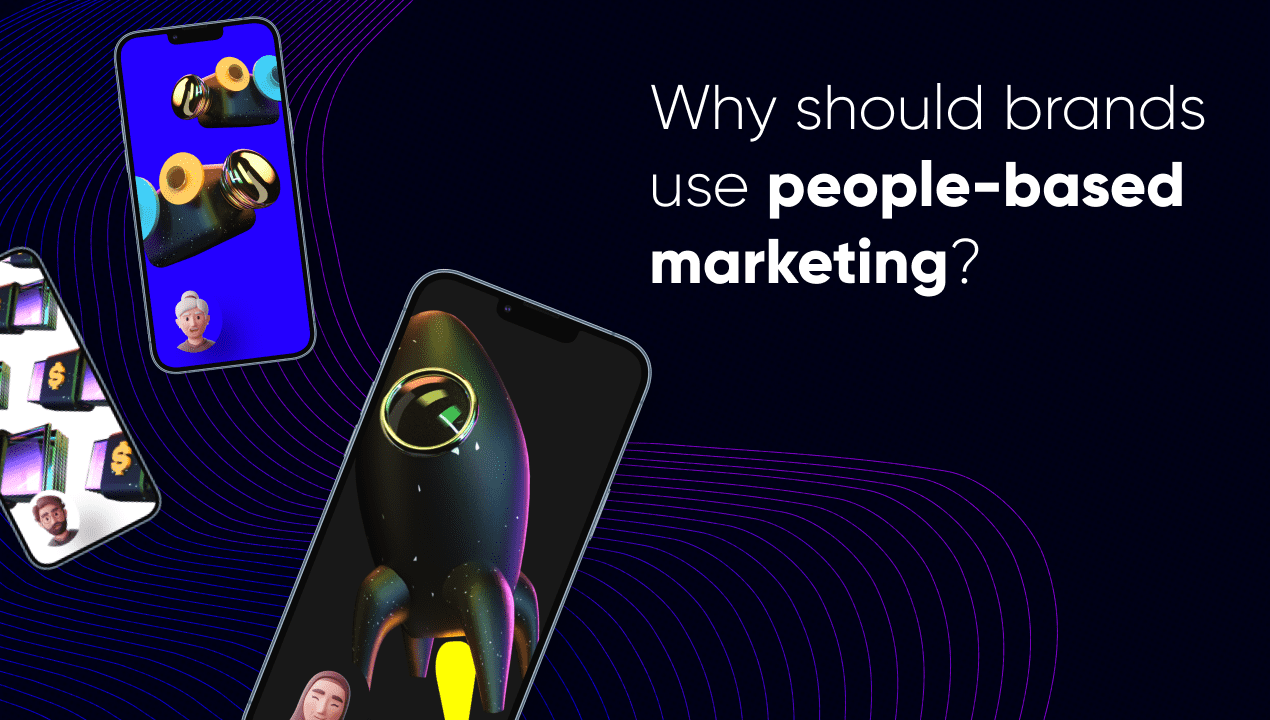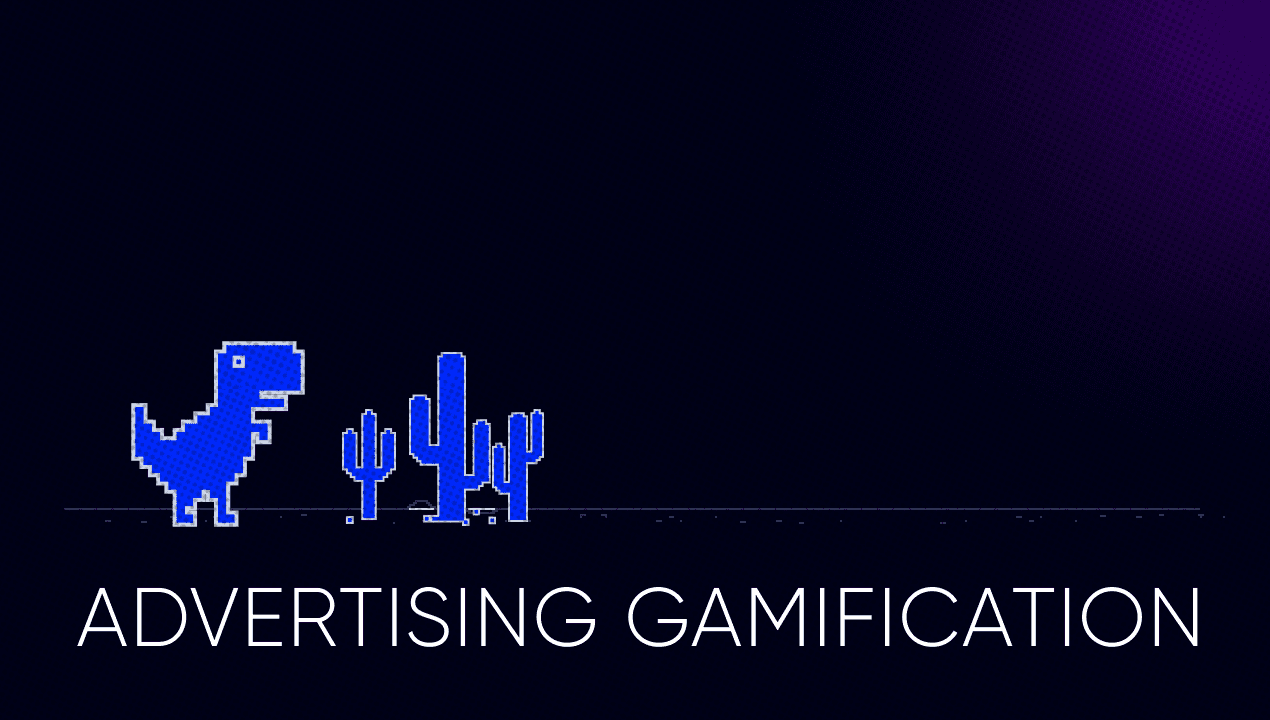
Guide to Media Mix Modeling for brands
- Author: Lizaveta Zhuk
If you can’t analyze your marketing efforts, then you cannot manage with it. As a marketer, the best way to boost your return on investment and increase a brand’s profit is to find the most efficient ad channels and implement them into your ad strategy. The best way to do so is with media mix modeling, or MMM.
In this article, we’ll look at what MMM is, how it works, benefits for brands, and many other advantages. So let’s begin now.
What Is Media Mix Modeling?
Media mix modeling is an analytics approach that allows marketers to measure all advertising activities to determine their impact on marketing goals and revenue growth. Based on aggregated and real-time data, the method reveals how internal and external elements contribute to a desired outcome, be it revenue or any other key performance indicators (KPI).
Simply put, MMM uncovers the true efficiency and impact of each ad channel used in an ad campaign on a brand’s KPIs and enables marketers to predict the most powerful combination of ad channels for reaching their goals.
Marketing mix modeling has been well known for more than half a century. With developing technologies and digitalization, it received a more modern abbreviation.
Why do you need Media Mix Modeling?
The internet is changing the game of advertising strategies. It offers valuable insights into user behavior and provides more opportunities for interactions with users — through various ad channels and ad formats, to multiple tools to capture users’ attention. It allows marketers to develop smarter ad strategies and interact with users throughout the entire customer journey (you can learn about CJM here). However, it can be difficult to choose the right mix of ad channels to achieve your KPIs and complete marketing tasks while remaining within your ad budgets.
In this case, brands may choose to test a variety of channels before hopefully finding a lucky combination that delivers strong results. This requires a lot of time and, more importantly, money that you may want to spend on other aspects of developing your business. With a media mix modeling study, brands may analyze how each ad channel impacts marketing performance and use these insights to form a high-efficiency media mix. So, even without mind-reading superpowers, you can reveal what ad channels are best for achieving marketing goals, how an ad campaign’s efficiency would change by altering elements of the ad strategies, and how to distribute ad budgets between channels.
In short, MMM allows brands to:
- Predict the efficiency of a marketing mix before starting an ad campaign and improve it over time;
- Distribute an ad budget most effectively between channels. That means no more blindness and no guessing in a planning ad campaigns for brands;
- Supercharge ad campaigns without losing efficiency;
- Plan high-efficiency ad campaigns and achieve all their marketing goals.
How does it work?
Media mix modeling is based on statistical analysis. Generally, an MMM study helps understand how different ad activities influence outcomes like conversions and revenue. It uses multi-linear regression that links independent variables (for example, advertising spend on different channels) to a dependent variable (such as conversions, sales, and so on). The MMM process includes:
1. Collecting data. At this stage, brands focus on gathering comprehensive historical data on previous marketing activities, non-marketing sources, and external factors. Marketers usually collect the following metrics:
- Return on investment demonstrates the total profitability of ad campaigns.

- Return on advertising spend demonstrates the profitability of a specific ad campaign.

- Lifetime value, or LTV, measures how much a customer will spend over their entire “lifetime” with your company. These measures give an indication of whether consumers are just making a one-time purchase, or are going on to become loyal customers.

- Cost per acquisition measures how much it costs to acquire each new client.

2. Creating a statistical model. To create a model, marketers need to choose a dependent variable or marketing outcome the business wants to analyze. It may be ROI, conversions, sales, and so on. The next step is to determine the independent variables — factors that influence the dependent variables. These may be factors like ad spending or target audience.
At the end of the process, values are assigned to both the dependent and independent variables and a mathematical model is constructed that illustrates the correlation between the variables.
3. Analyzing the results. The impact of each channel on the marketing outcomes and previously identified reliable metrics is assessed. Based on the research data, brands may rank advertising channels and distribute ad spend between them based on the efficiency that a certain ad channel may deliver.
4. Improving the media strategy. The final stage of the process is when brands look at their marketing mix for future ad campaigns and form a highly efficient media mix based on the forecast from the previous stages.
Pros of MMM
- Comprehensive view. Research provides brands with information about how different factors impact marketing efficiency.
- Ad spending optimization. Based on research forecasts, brands may redistribute ad budgets more effectively between ad channels and avoid wasting money.
- Improve ad strategies and increase efficiency. By following this approach, brands can formulate a comprehensive media strategy that is easy to control and adapt if necessary. An integrated approach can help increase the value of the product in the eyes of the audience and increase profits.
- Complete picture of efficiency. The MMM approach helps assess how much benefit each advertising channel brings in aggregate and in comparison with other channels, rather than in isolation. This helps ensure that important details are not missed and that the strategy can be adjusted over time.
- Adapt to changes. Advertising strategies can be adjusted in real time depending on the identified patterns in MMM.
- Increase profits. Improved ad strategies from MMM can help brands increase their incomes in the long term.
Cons of MMM
- Statistical analysis can be challenging and complex. In order to conduct MMM research, a linear regression model is needed. If you don’t have a Data Scientist in your team, you need to do that on your own, which can be a bit confusing without a background in data science or statistics.
- Requires extensive historical data. You need to think about how to collect, save, and store data from your ad campaign for a year and more.
- Fails to provide insights into customer behavior or ad copy. As the approach doesn’t rely on user-level data, you will need to analyze customer journeys separately.
Media Mix Modeling & data-driven attribution: What is the difference?
Data-driven attribution refers to the various attribution models that track user engagement and the efficiency of ad campaigns throughout the customer journey. As with MMM, it helps to understand the impact of marketing activities on business outcomes, such revenue and sales.
However, that is the only similarity between the approaches. Data-driven attributions rely on individual-level data such as clicks, impressions, and conversions. It uses real-time data, or near-to-real-time, to learn which tactics have the greatest effect as consumers move through the sales funnel.
In comparison, media mixed modeling uses historical data to understand the impact of an ad campaign. It doesn’t measure user-level engagement. Instead, it provides high-level insights into specific advertising strategies, over a longer period of time, and allows marketers to understand how different factors influence marketing outcomes.
Harness the power of programmatic advertising and Media Mix Modeling
It is no surprise that we live in a digital era. Those who don’t embrace online platforms — whether as a brand, socially, or as a business — are rapidly forgotten. The most-used aspect of this digital life is digital advertising. If you have a business and are not advertising on the internet, you have chosen to get left behind. However, it’s not enough to simply launch an ad campaign. Displaying relevant ad messages at the right time and in the right place, as well as choosing the most efficient tools and channels, are crucial to building loyal communities and growing profit. MMM and programmatic advertising help overcome this challenge.
Working together, MMM and programmatic advertising make each other stronger, leading to outperforming KPIs. Programmatic advertising is based on artificial intelligence (AI) and machine learning algorithms that analyze large amounts of data to identify high-intent users among a brand’s target audience and display relevant ad messages to them in real-time. Data of each ad impression are then transferred to the analytic system in real-time. When programmatic advertising is integrated into the MMM process, brands may use this data to develop smarter ad strategies and quickly take action to modify those strategies.
Programmatic platforms can optimize ad campaigns in real time and change ad bids based on how valuable the ad impression is for a certain user. If it is an ad impression for a high-intent user, for example, it may bid more to win an auction. This helps leverage ad budgets efficiently. When also leveraging MMM, brands may create a powerful media mix and fine-tune spending on each channel based on the research insights. That way brands may minimize their ad spending and drive ROI and profits. Win-win!
One more benefit of the synergy between MMM and programmatic advertising is the opportunity to choose the right ad channels and show ad messages at the right time throughout the entire customer journey. This helps you achieve business goals as soon as possible.
NT Technology has been developing our own programmatic DSP platform for more than 10 years. Our team has mastered all the nuances and intricacies of working with businesses from different industries and developed catchy ad strategies that deliver the desired results.
We are continuously developing, improving our strategies and approaches, honing our skills, and, most importantly, powering our NT DSP. Instead of struggling alone, you can lean on our expertise. Reach out to us by email at info@nt.technology or fill out the contact form here. Our Data Science team will conduct a Media Mixed Modeling study for your business or brand. We will integrate the research data into our platform, develop a powerful media strategy, and deliver strong results for your business.
Gain an understanding of our expertise based on stories from our clients here.
Conclusion
When developing a media plan, marketers often make forecasts based solely on their experience. Media Mix Modeling helps advertisers make forecasts based on ad campaign data rather than feelings, optimize the media mix, and achieve the desired results while optimizing the budget.
Other articles





















































